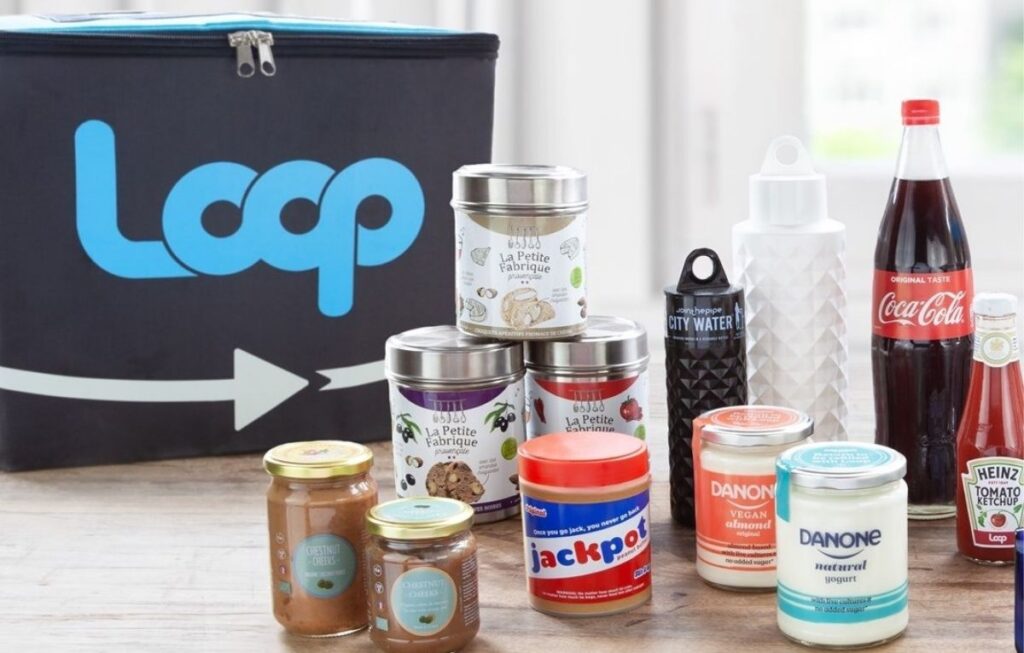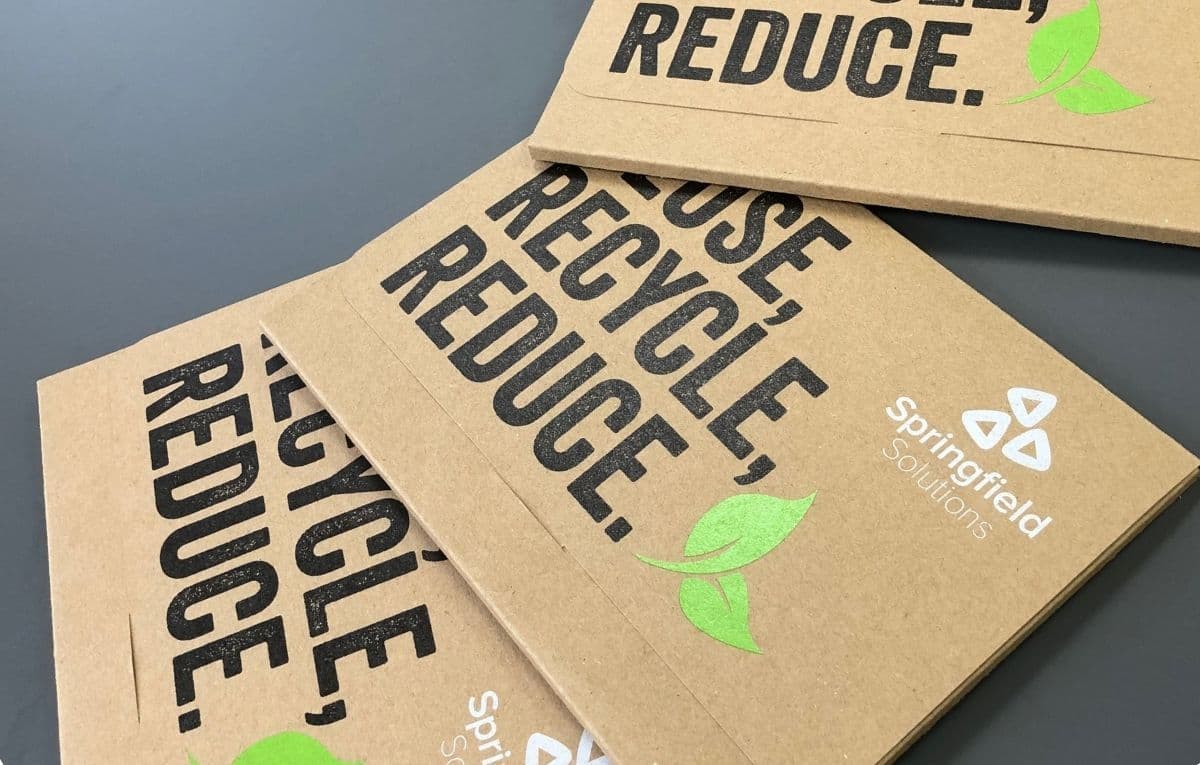The Path To Eco-Friendly Packaging
Eco-friendly packaging is a topic on everyone’s minds right now. As suppliers, businesses and consumers across the globe collectively strive to reduce their impact on the environment.
There are many opportunities throughout the supply chain for packaging to become more ‘Eco-friendly’. However, not solely when it comes to the end of its lifecycle and it is either reused, recycled, composted, or disposed of.
Why should you understand the lifecycle of your product packaging?
Understanding where and how your product and its packaging materials are made allows you to take the steps towards an eco-friendly way of living.
By assessing and understanding how your product’s materials are extracted, manufactured, transported, used, and then disposed of, you are able to gain a better understanding of your effect on the environment. In turn, enabling you to take action and reduce your impact at each stage, not just at the final stage of disposal.
How can I reduce my impact on the environment?
Beginning the journey to eco-friendly packaging starts with how the raw materials of packaging are produced and extracted. This is followed by how much energy is used to transform those raw materials into your packaging during the manufacturing process.
For example, water consumption and emissions created during production. Another impact to consider is transporting and packaging the materials, followed by the length and quality of usage, and coming finally to its disposal. Changes can be made throughout the lifecycle, such as switching to more sustainable raw materials and reducing the amount of raw material that is used.
Another example is to simplify the production process of a product, resulting in reduced waste and emissions. Finally, an important factor to consider is how you can continue a product’s life cycle through improved disposal, reuse or recycling.
Sustainable Materials
Whether you are creating a label, sourcing a bottle, or packaging online orders to be posted to customers, using sustainable materials is important across all areas. Sustainable materials include those made up of recycled content, biodegradable materials and compostable materials.
Our Eco Zone label offerings include labels made up of recycled content, biodegradable content and responsibly sourced renewable materials. To find out more about our eco-friendly label options, click here.
Reusable Packaging
Another way to contribute to a circular lifecycle is to create reusable packaging. That way, materials have a longer lifecycle and usage, therefore the rate of consumption is slowed. This could be done by using glass bottles for example and encouraging customers to reuse these packaging components for another purpose.

One example of a brand encouraging reuse of packaging is H&M. This innovative concept turns a recycled paper bag into a clothing hanger, creating a sustainable packaging solution that incorporates both ‘recycle’ and ‘reuse’.

Another example of reusable packaging comes from Loop, who have partnered with well-known brands such as Heinz, Coca-Cola and Tesco to provide consumers with a refillable and reusable consumer goods service. This concept works similarly to a traditional milkman, where you pay a deposit for the packaging, which will be refunded when you return the packaging, or you can have your products refilled!
Reducing material
When it comes to packaging, less is best. As a result, many companies over the years have been downsizing their packaging in order to reduce their environmental impact and ultimately, the amount of material that is wasted at the end of its lifecycle.
This could include making packaging components smaller whilst maintaining the same amount of product, reducing the weight of packaging, or even eliminating a certain material from packaging that is not needed, such as plastic wrappings.
Another way to reduce the weight of your packaging is by reducing the amount of label materials present. Our Eco Zone ‘reduce’ labels use lower density films and downgauge the materials used within the labels, as well as the label backing, creating an eco-friendly packaging option.
Improving Material Disposal
Instead of sending materials straight to the incinerator or landfill, businesses should consider if their packaging materials can be reused, recycled or composted. By using materials that have the ability to be reused, recycled or composted, you can lengthen the lifecycle of a product and increase sustainability across the board.
How can I start making these changes?
If you are still not 100% sure on if you want to make the eco switch, why not take a look at our sustainable label samples?

